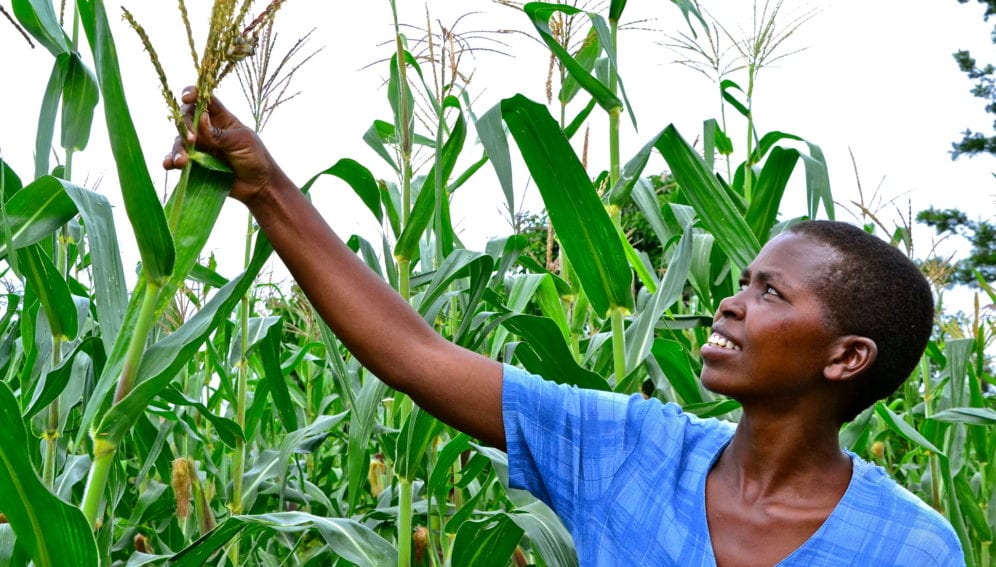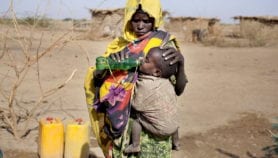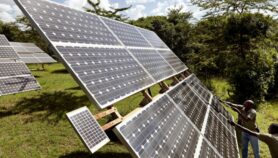03/12/20
Tool forecasts maize yields six weeks before harvest

By: Syriacus Buguzi
Send to a friend
The details you provide on this page will not be used to send unsolicited email, and will not be sold to a 3rd party. See privacy policy.
[SHEFFIELD, UNITED KINGDOM] Scientists have developed a crop yield model that could forecast maize yields six weeks before the harvest to enable farmers to accurately predict maize yields and plan their planting seasons.
Scientists who conducted the study in Tanzania say that dry spells in the beginning of maize growing seasons hamper the crop’s growth and harvest across the country but there is no reliable forecasting system.
Researchers used data on maize yields collected from the country’s regions and basic information on climate change including temperature variations for 2009-2018 to forecast the harvest for 2019.
“Yield forecast should always be integrated with other sources of information, such as local knowledge.”
Rahel Laudien, Potsdam Institute for Climate Impact Research in Germany
“Dry conditions represented by the number of consecutive dry days of more than five days are mostly negatively correlated with yields,” says the study published in Scientific Reports last month (12 November). “Our study provides a within-season maize yield forecast for the entire Tanzania and is, to our best knowledge, the first of its kind.”
Rahel Laudien, the lead author of the study and a doctoral researcher at the Potsdam Institute for Climate Impact Research in Germany, tells SciDev.Net that maize yield forecasts can allow farmers to adjust management decisions and help the government plan for imports in case of expected harvest losses to improve food security.
“The model provides accurate and robust yield forecasts for large parts of the country,” the study adds.
“Our study is potentially applicable to other countries with short time series of yield data and inaccessible or low-quality weather data due to the usage of only global climate data’’
But Laudien says that despite yield forecasts aiding climate change adaptation, the government and maize farmers should not rely on them in isolation.
“Yield forecast should always be integrated with other sources of information such as local knowledge about [issues] such as the occurrence of pests and diseases,” she recommends.
James Padili, a consultant geo-environmentalist based in Tanzania, says that the study’s findings open up the potential for greater technological advances in agriculture.
“The use of this method gives an ample room for agricultural extension officers and related stakeholders to think beforehand on how they can work with farmers to handle maize well, which is a staple food in Tanzania,” says Padili, who was not involved in the study.
He adds: “This statistical modelling method based on climate brings in different players on the ground such as geographers and environmentalists to play their roles in agricultural development.
“I think this is a breakthrough in terms of management of own-farm operations and making real-time decisions.”
This piece was produced by SciDev.Net’s Sub-Saharan Africa English desk.
References
Rahel Laudien and others Robustly forecasting maize yields in Tanzania based on climatic predictors (Scientific Reports, 12 November 2020)













